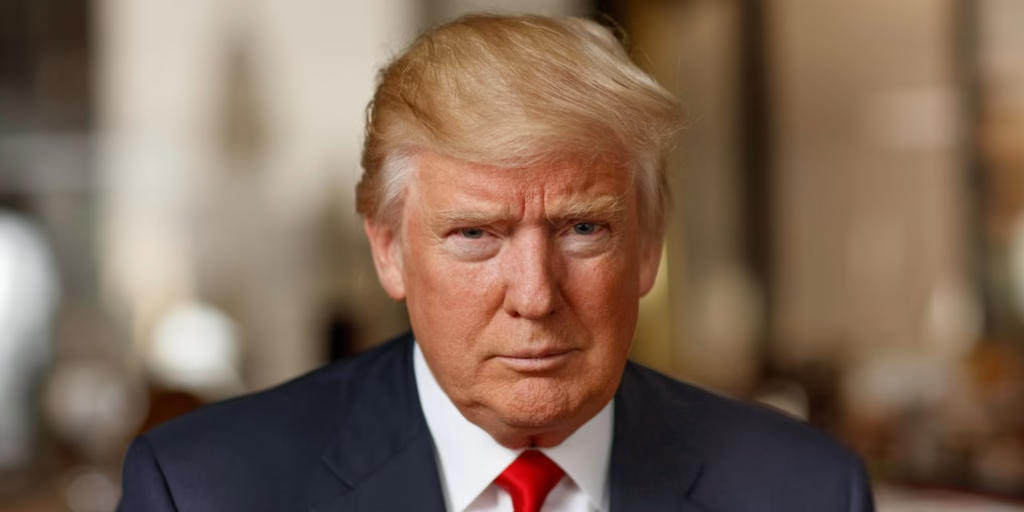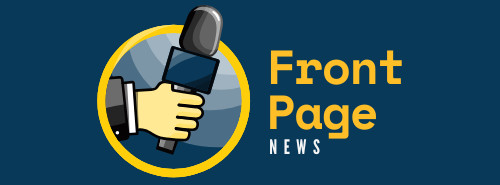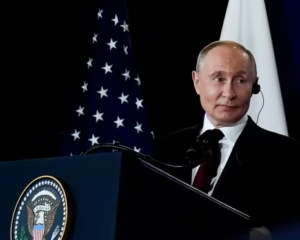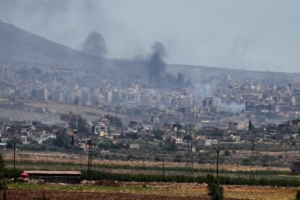Trump’s Ukraine Talks Served as Europe’s Emergency Diplomacy — And It Worked, Temporarily

President Donald Trump welcomed Ukrainian President Volodymyr Zelenskyy to the Oval Office for their second bilateral meeting, marking a striking reversal in tone from their contentious February encounter. This time around, the setting was dramatically different: surrounded by leaders from the UK, Germany, France, Italy, as well as the European Commission and NATO, the summit showcased a strong European unity behind Ukraine and served as a strategic effort to prevent another diplomatic misstep.
Europe’s rapid mobilisation came last Saturday, just days after Trump’s Alaska summit with Russian President Vladimir Putin—an event widely perceived as a Russian diplomatic coup. Surveys of global media consistently framed the Alaska meeting as a win for Putin, underscored by Trump’s admission that several critical issues were still unresolved. While specifics weren’t disclosed, they likely include the fate of Ukrainian territories, future security guarantees, and the possibility of a direct Trump‑brokered meeting between Zelenskyy and Putin.
One of the few distinct outcomes from the Alaska summit favored Russia—Trump appeared to step back from insisting on a ceasefire as a precondition for diplomatic talks, opting instead for a broader “peace agreement” framework. This shift alarmed European leaders, who fear negotiations without a halt in hostilities would simply allow Russia to prolong the conflict while advancing its territorial gains.
Beyond Symbolism: Practical Signals of Support
Despite early concerns, the Washington summit offered some concrete, if tentative, progress: Trump signalled possible U.S. participation in a “coalition of the willing” to support Ukraine’s security, potentially involving air support and a reassurance force within Ukrainian-controlled territory—though notably outside of NATO’s formal structure. Secretary of State Marco Rubio has been tasked with crafting these security guarantees.
Zelenskyy, surrounded by allied heads of state, reaffirmed Ukraine’s unwavering position: no territorial concessions and continued pursuit of NATO membership. He reiterated that the country’s future must be determined on its own terms—without yielding sovereignty in the name of peace.
Talk of a $100 billion European-financed arms package also surfaced. Zelenskyy stated Ukraine’s readiness to purchase weapons from the U.S., with support from European partners—an agreement that could enhance both Ukraine’s defence and transatlantic economic ties.
Fragile Unity and the Road Ahead
While the summit’s tone was more harmonious than previous meetings, analysts remain cautious. The absence of binding commitments, especially on ceasefire enforcement, leaves the diplomatic path dangerously fragile. Trump’s preference for personal diplomacy remains at odds with Europe’s demand for structured, collective deterrence against Russian aggression.
European leaders hope the summit marks a turning point—an inflection from reactive damage control to proactive unity. But the durability of this signal depends on Trump’s consistency and Putin’s willingness to meaningfully negotiate.
Bottom Line
The Washington summit achieved an immediate goal: preventing a repeat of dramatic public clashes and signaling solidarity. Europe successfully rallied behind Ukraine, momentarily steering Trump back toward a more balanced stance. Yet, without urgent, enforceable outcomes—especially a real ceasefire and a transparent security framework—this diplomatic success may prove ephemeral. The pressing question remains: can this fragile alignment hold, or will Putin exploit Trump’s unpredictability to divide the Western front once again?







